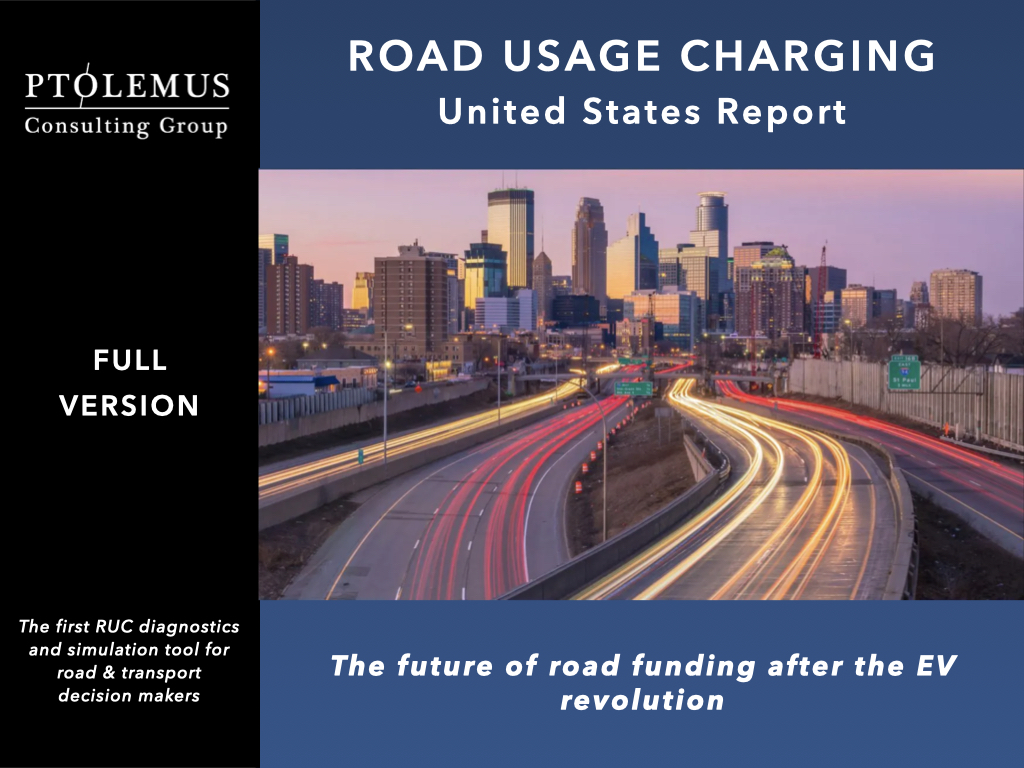What is RUC?

RUC (Road usage charging) is a system that charges individuals for their use of roads. This type of system is becoming increasingly popular as a way to reduce congestion and generate revenue for the maintenance of roads.
One of the most common forms of RUC is the toll road, in which individuals pay a fee to use a specific stretch of road. This type of charging is often used on highways and other high-traffic roads.
Another form of RUC is the vehicle miles traveled (VMT) fee. With this type of fee, individuals are charged based on the number of miles they travel on the road. This type of charging system is becoming more popular as a way to incentivise people to drive less and reduce congestion.
Benefits and Drawbacks of RUC
Road usage charging has several benefits. For one, it can help to reduce congestion on roads by making people more conscious of how much they are using the roads. This can also lead to a reduction in accidents and improve overall road safety.
Additionally, RUC can generate revenue for the maintenance and improvement of roads. This is particularly important as funding for roads is often limited and the use of roads continues to increase.
One potential drawback of road usage charging is that it can be difficult to implement and enforce. It requires a system for tracking individuals’ road usage, which can be complex and costly to set up. Additionally, there may be concerns about privacy with regards to tracking individuals’ road usage.
Overall, road usage charging is a promising way to reduce congestion and generate revenue for road maintenance. While there may be challenges to implementing this type of system, the potential benefits make it worth considering especially given the current difficulties with the fuel tax as a method of road funding.

